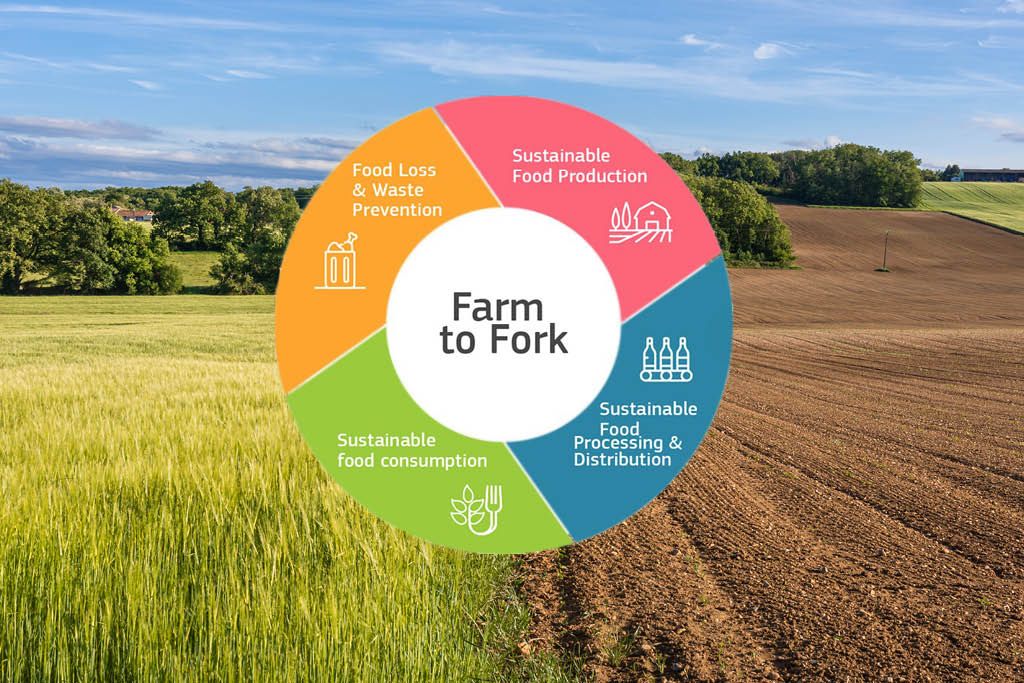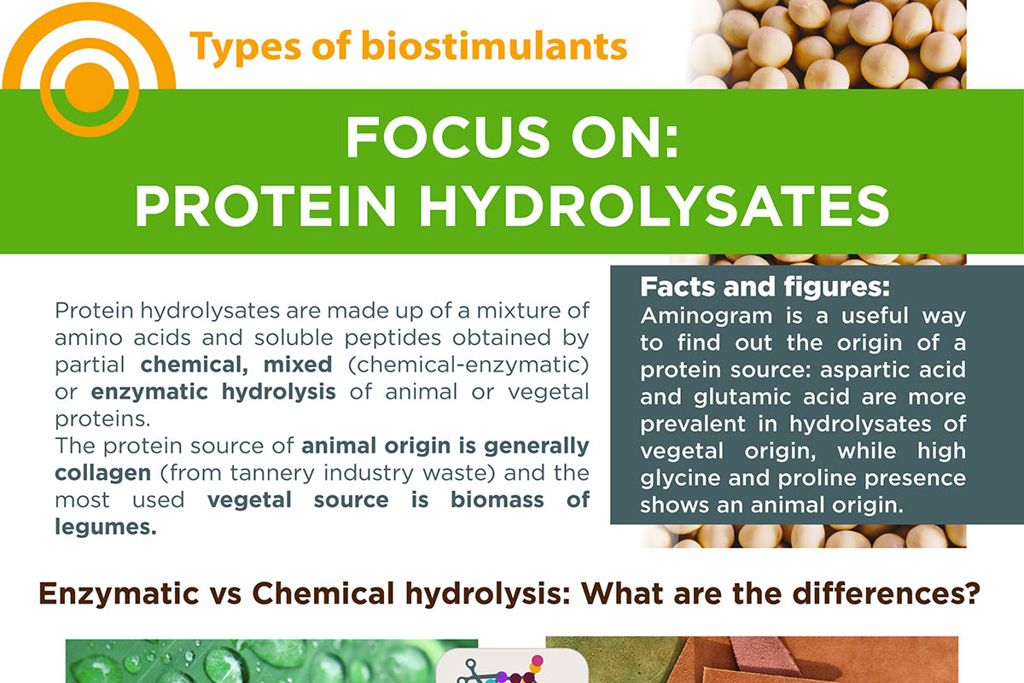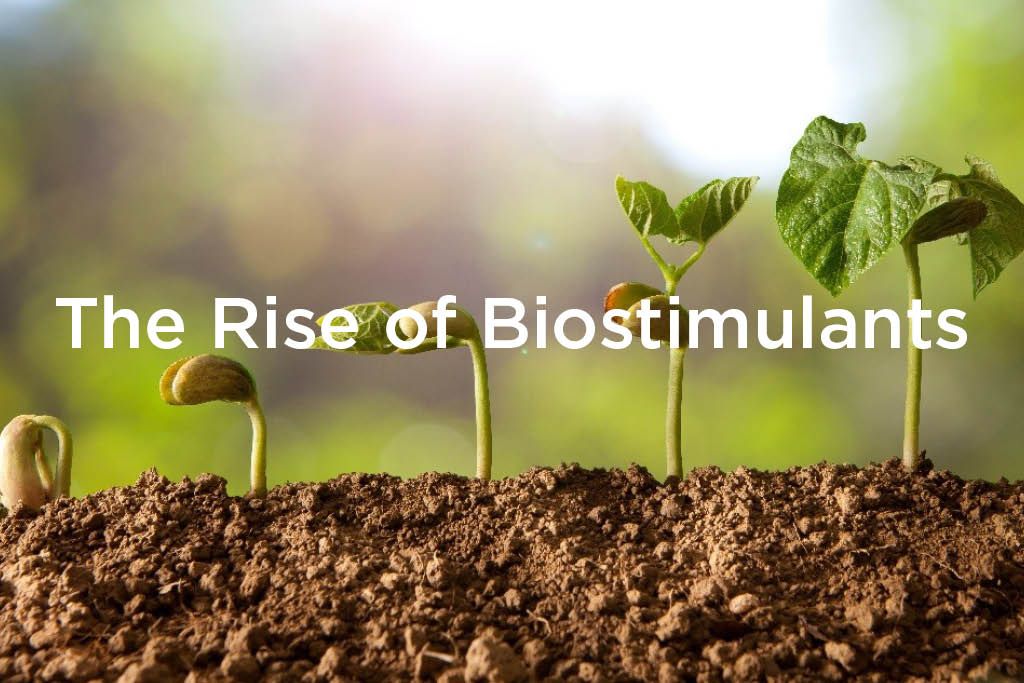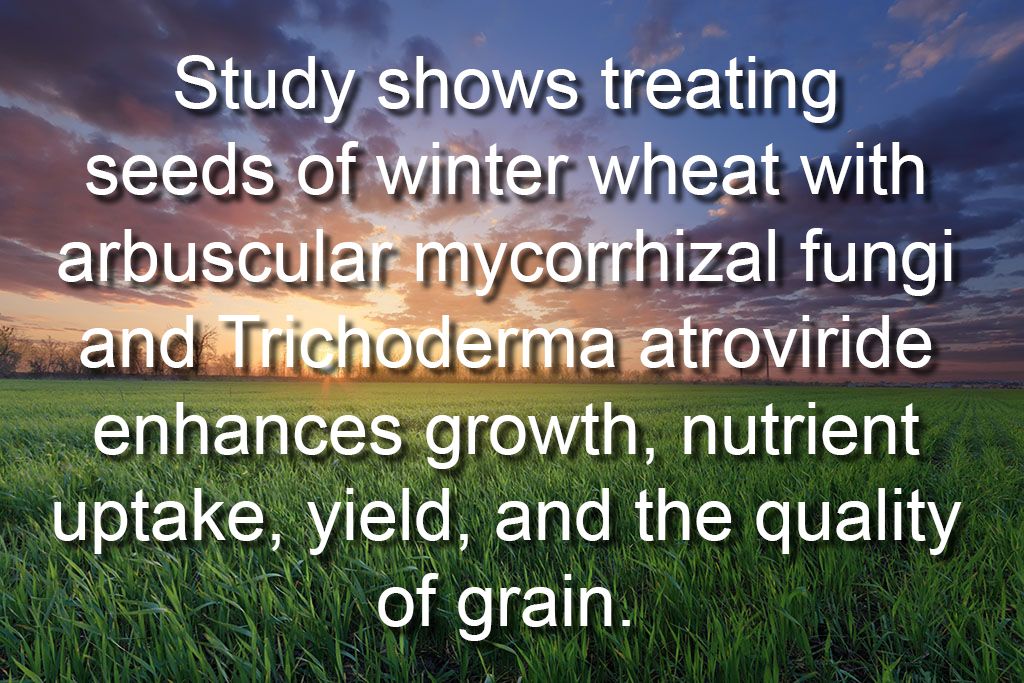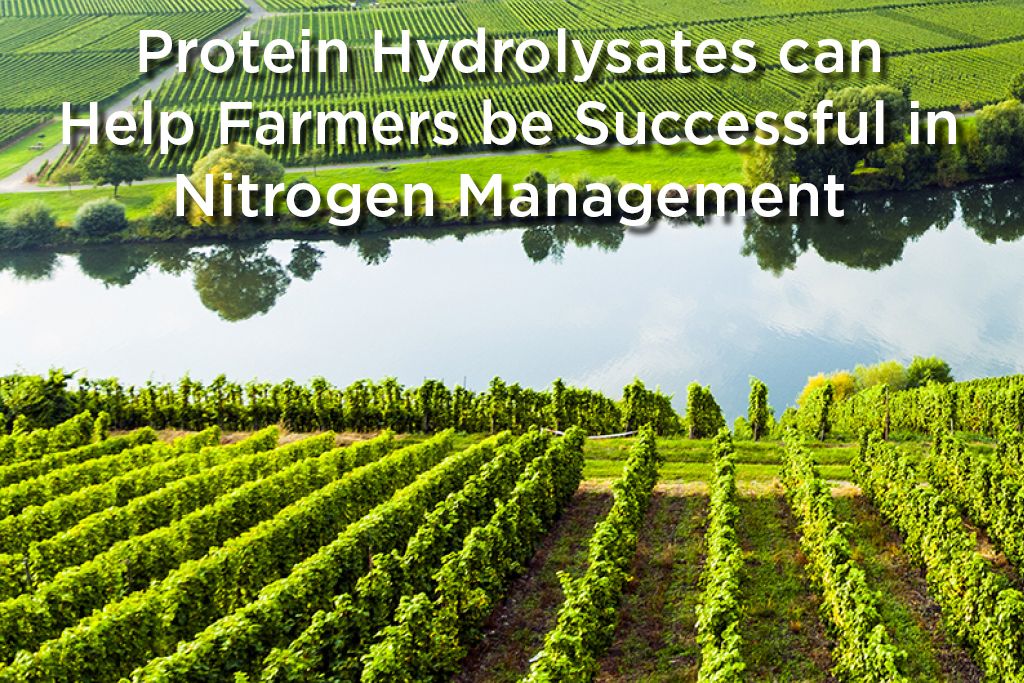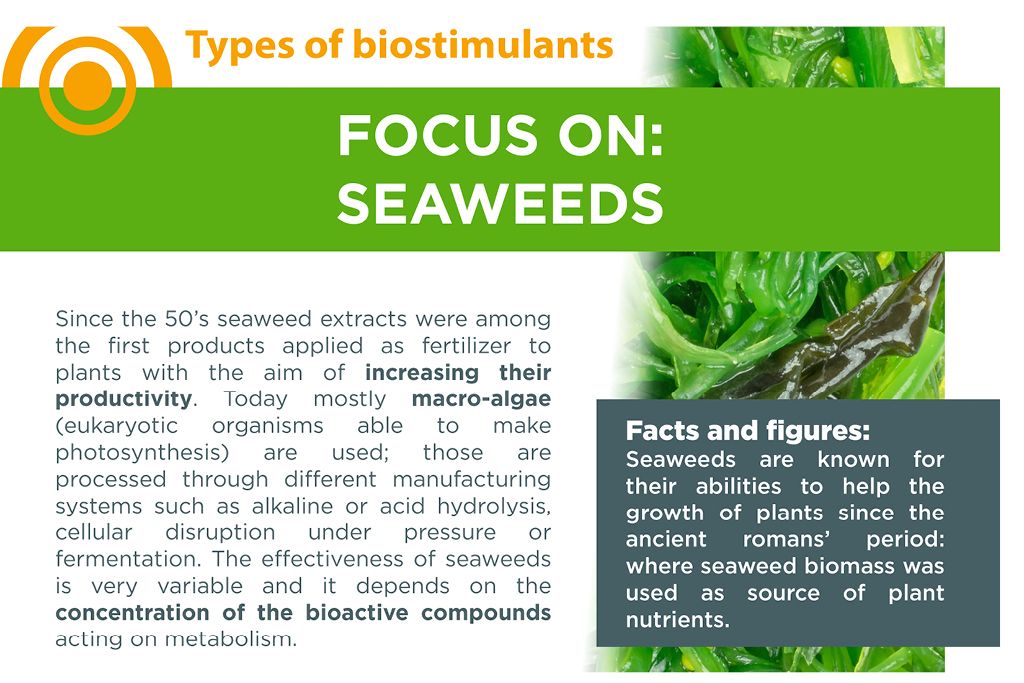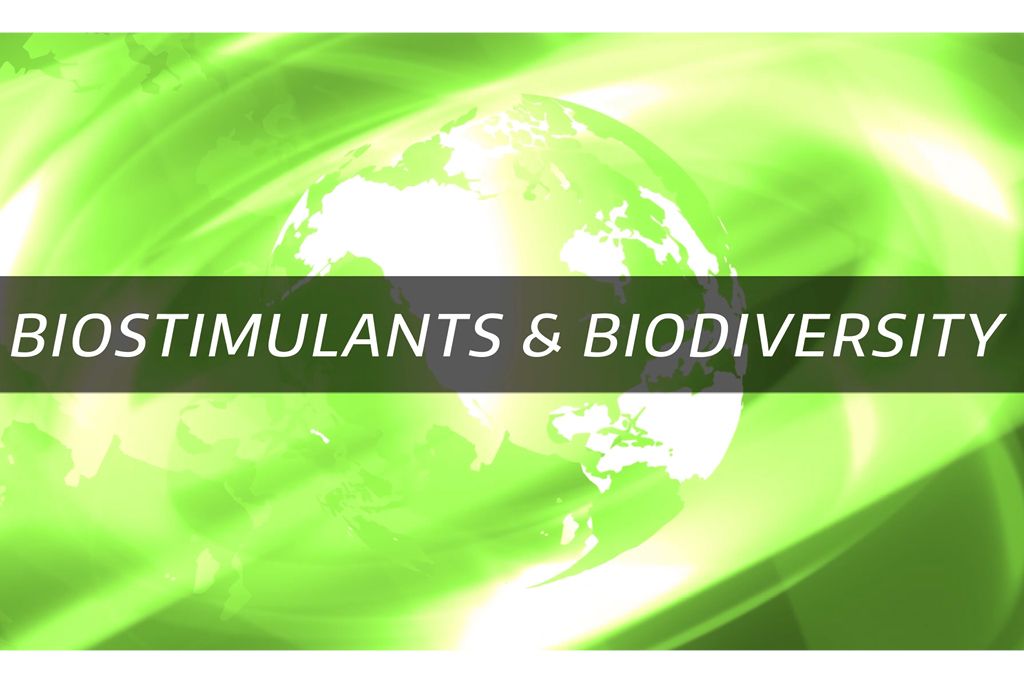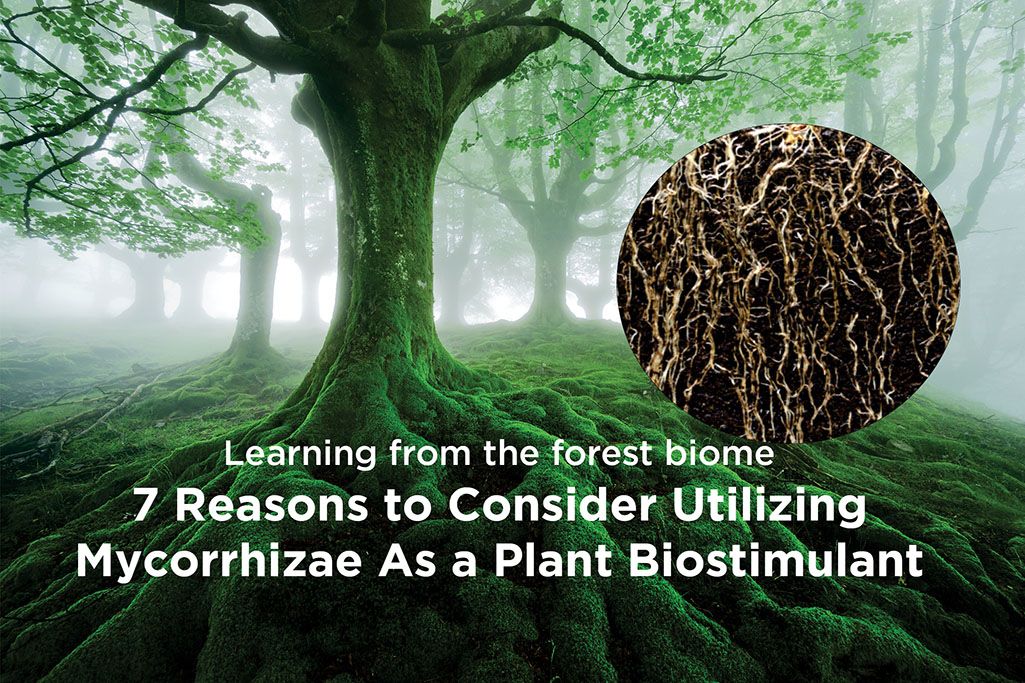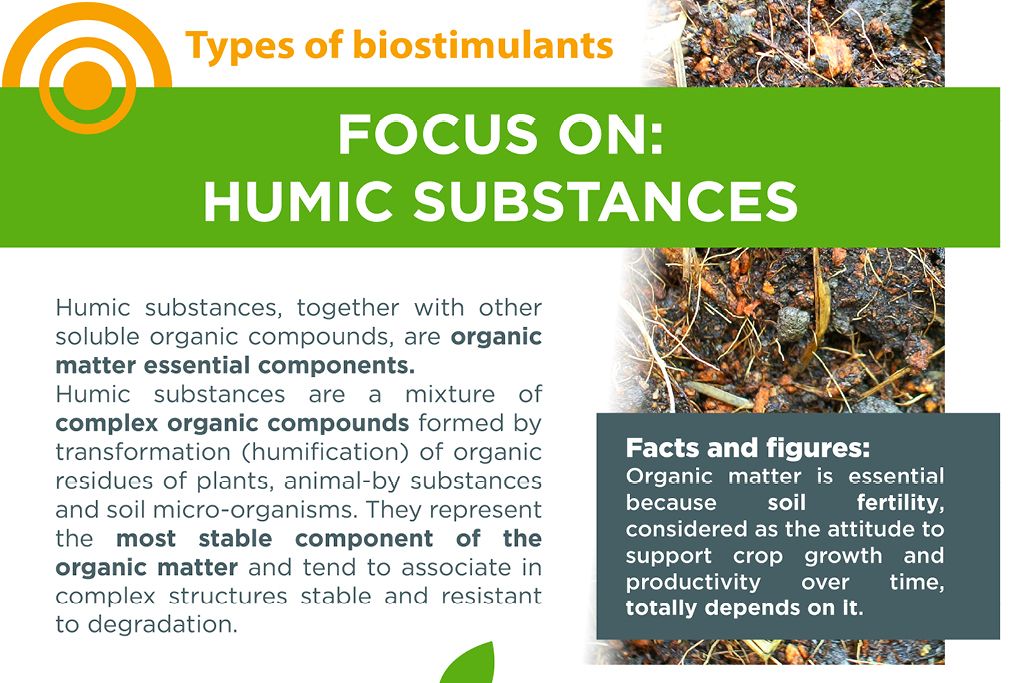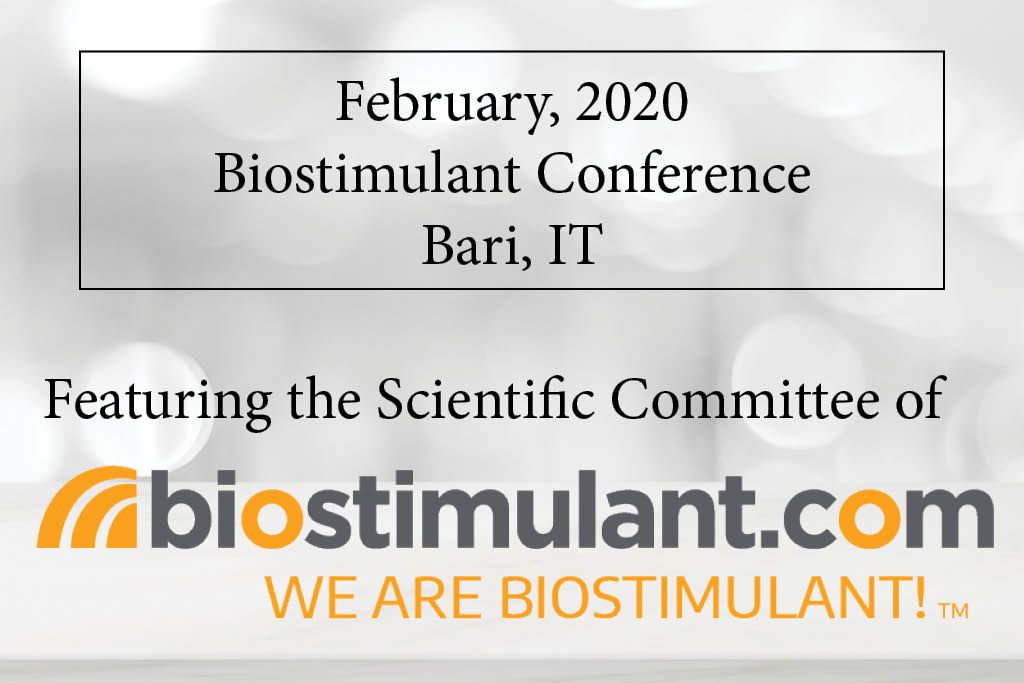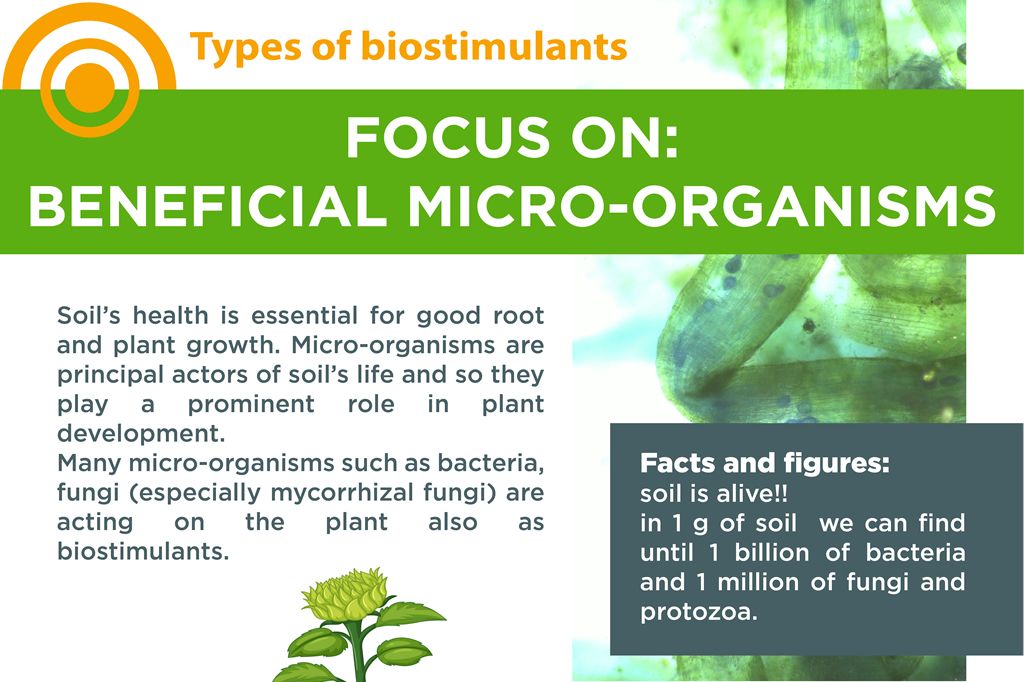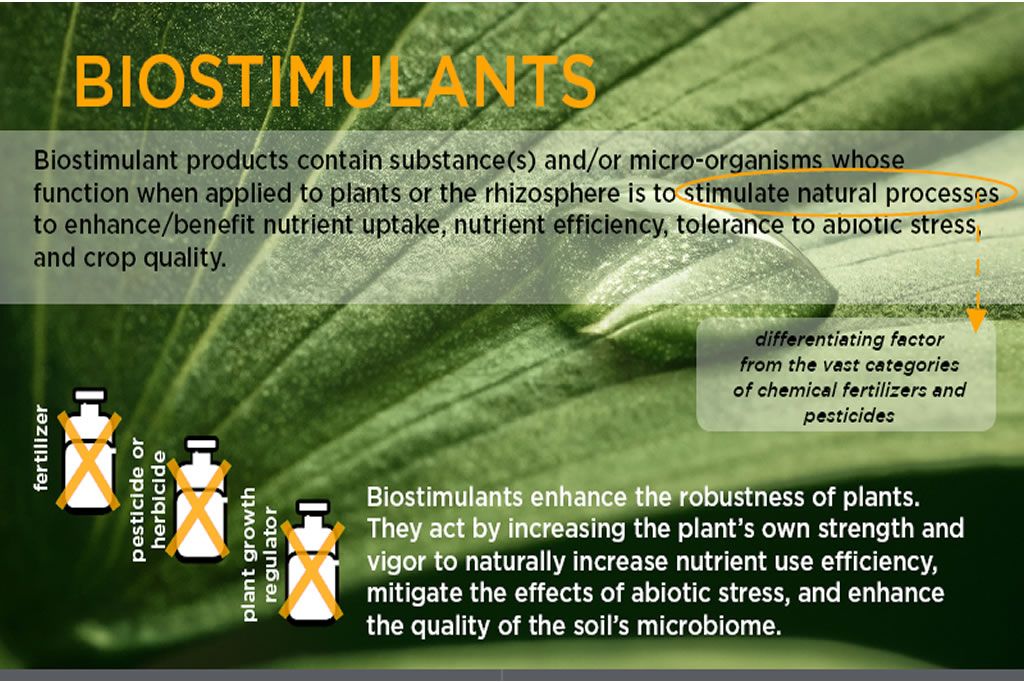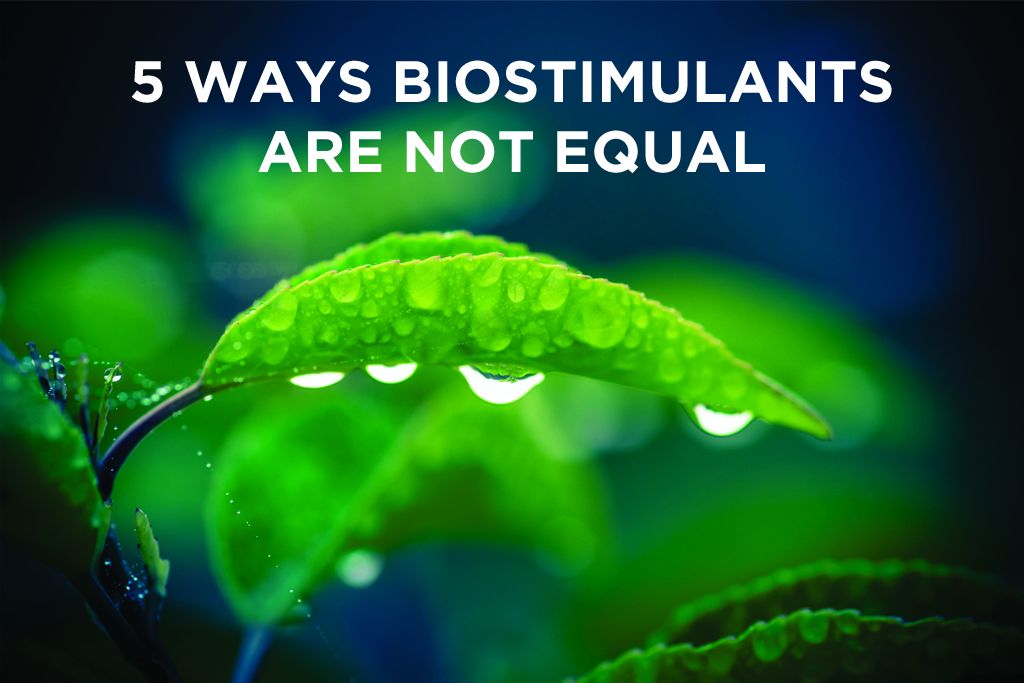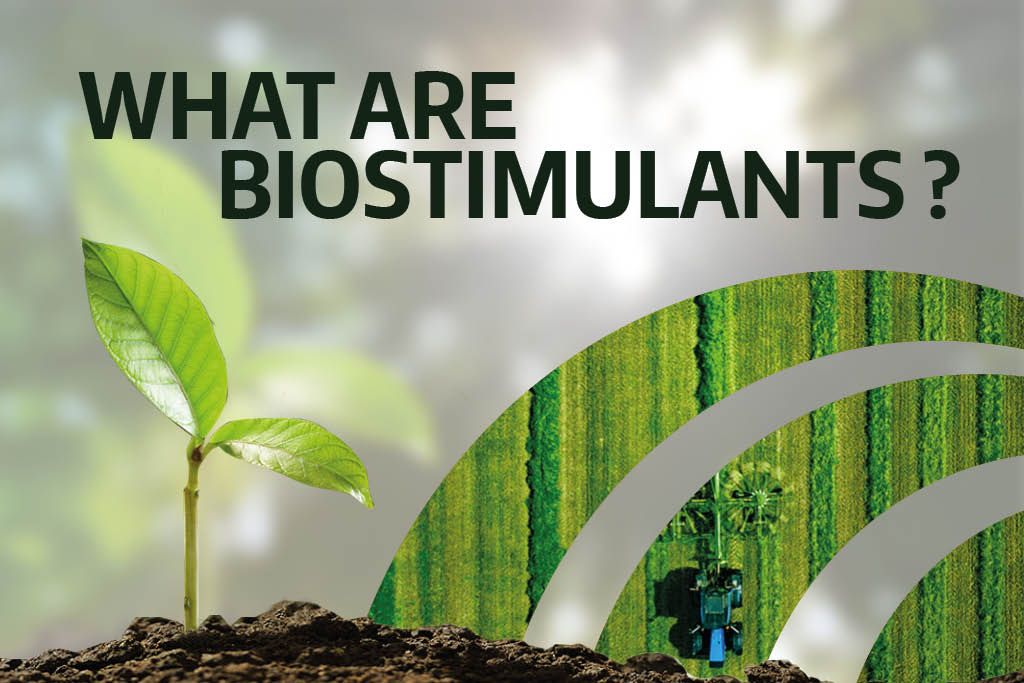BLOG #43
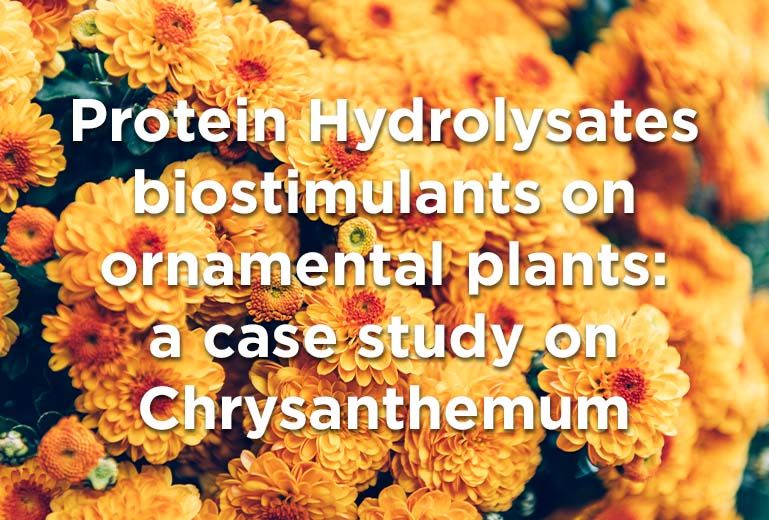
Ornamental plants are very diversified products and the fastest growing horticultural industry. Among the top-selling and most famous cut flowers in the world, with a prominent position in the cut flower industry, is Chrysanthemum morifolium (Asteraceae). Chrysanthemums’ big flower dimensions and very long vase life (post-harvest duration) are among the preferable quality traits that account for their great ornamental value. Cut flower production and handling are not eco-friendly processes; in fact, the farming and post-harvest handling of fresh flowers are correlated with a significant environmental and health impact. To boost chrysanthemum production to meet consumer demand, large inputs of materials and energy are required, both for fertilizer and plant protection products production and application. Therefore, reducing the environmental impact and health risks associated with cut flower production and post-harvest handling is of pivotal importance for the sustainable development of this sector. A promising strategy to reduce the environmental impact and health risks associated with cut chrysanthemum flower production and post-harvest handling and to sustainably contribute to the development of this sector entails the use of naturally derived biostimulants.
A case study on Crysanthemum
The experiment was carried out in a heated greenhouse during the winter-spring 2020 season at the farm “Società Agricola Gargiulo & C.s.s.”, located in Torre del Greco (Naples, South Italy). Terminal cuttings of two chrysanthemum cultivars (Chrysanthemum morifolium, cv. “Pinacolada” and “Radost”) were planted on raised beds at a spacing of 15 x 15 cm.
Experimental blocks of 3 m2 each were subjected to four treatments that included a control (sprayed with water only) and three commercial biostimulants applied at the recommended dose, as follows:
- PH A (animal-derived protein hydrolysate, 3 ml/l);
- PH V1 (plant derived protein hydrolysates, 4 ml/l);
- PH V2 (plant derived protein hydrolysates, 4 ml/l).
Applications were performed every 10 days, spraying the whole plant in the early morning from transplanting until harvest. A randomized complete block design was applied, with treatments replicated three times; each experimental unit consisted of about a 2 m2 block area (80 plants)
Results
Biomass production and quality parameters
Fresh and dry biomasses were influenced by cultivar and biostimulant treatments, with significant interaction. In both genotypes, only plant derived PH treatments recorded significantly higher fresh plant biomass than the control (on average +18% in both cultivars). Specifically, in Pinacolada, the application of PH V2 showed a significant increase in fresh biomass compared to all other treatments (+23% compared to control).
Stem length was found to be significantly higher only in plants treated with plant-derived biostimulants compared to control (on average +4%). Apical flower diameter was affected by cultivar and biostimulant treatments, with significant interaction. In Pinacolada, plant-derived PH treatments recorded significantly higher apical flower diameter than the control (on average +22%), while in Radost, animal-derived biostimulant applications significantly decreased the apical flower diameter compared with all other treatments (-16% compared to control).
The average effect of biostimulants revealed a significant decrease in the percentage of unmarketable stems in all PH-treated plants compared to control. In particular, the application of PH V1 recorded the lowest waste percentage compared to all the other treatments. Pinacolada treated with PH V2 showed the highest percentage of first-category stems (+30% compared to control) and the lowest percentage of second-category stems (-15% compared to control) compared to all other treatments. In Radost, applications of plant-derived biostimulants produced a significantly higher percentage of first-category stems compared to the other treatments. The same cultivar treated with PH A recorded the highest percentage of second-category stems compared to the other treatments (+8% compared to control).
Mineral composition
In Pinacolada, applications with PH V1 resulted in a significant increase in nitrate and P concentration in leaves and Ca content in flowers compared with the control (+43%, +27%, and +28% for nitrate, P, and Ca, respectively). In Radost, PH A and PH V2 applications caused a significant reduction in nitrate concentration in both leaves and flowers compared with the control.
Vase Life of Flower Stems
The two cultivars exhibited a distinctive response to the application of the different biostimulants in terms of wilted flower stems. Specifically, one week after harvest, Pinacolada plants under control, PH A, PH V1, and PH V2 treatments displayed 38.9%, 58.9%, 0.0%, and 38.9% wilted flower stems, respectively, whereas Radost plants subjected to the same treatments showed 41.1%, 52.2%, 8.9%, and 33.3% wilted flower stems, respectively. In both cultivars, PH A applications caused flower stems to wilt faster than the control. In contrast, plants treated with PH V1 revealed significantly slower flower stem senescence compared to control. Notably, two weeks after harvest, the Pinacolada cultivar treated with PH V1 exhibited only 13.3% of wilted flower stems, while the plants of control, PH A, and PH V2 treatments displayed 86.7%, 96.7%, and 97.8% of wilted flower stems. The preservability of Pinacolada flowers treated with PH V1 was not equally evident in the Radost cultivar.
Furthermore, the study found that flower wilting during vase life was correlated to a decrease in the K-to-Na ratio in flowers due to an inability to transport K to the flowers from the leaves rather than an increase in Na in the flowers themselves. It is interesting to note how, to aggravate this phenomenon, the possible accumulation of glycine, a thermostable amino acid in PH A, could contribute to accelerating the production of ethylene in the flowers, thus further worsening the phenomenon of wilting and senescence. While the partial inhibition of the synthesis of ethylene in PH V2 has already been reported in other works and is probably also present in PH V1, the ability to restrict the transport of Na to the flowers of PH V1 may instead contribute to increasing the vase life of flowers.
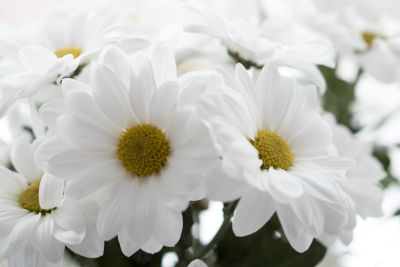
Conclusion
Natural origin biostimulants are currently one of the most eco-sustainable strategies to increase the yield and quality of vegetable crops. This study demonstrates that these biostimulants can also be used profitably to increase the RUE (Resource use efficiency), yield, and vase life of cut flower plants such as chrysanthemum.
The experiment confirmed the advantages of using vegetal protein hydrolysates biostimulants in cut flower for enhancing the flower yield, quality and especially the shelf-life of flowers.
Instead, animal-derived protein hydrolysates did not perform well in both chrysanthemum cultivars (Pinacolada and Radost). This is probably due to the enhancement of Na and Cl uptake and the high content of glycine, alanine, hydroxylysine, hydroxyproline, and proline and their inhibition effects on plant growth. Glycine may also have increased the biosynthesis of the senescence hormone ethylene explaining the precocity of flower wilting.
Therefore, this study has been very useful in evaluating the effects of the different biostimulants and pinpointing the more effective ones for designing new and compelling protocols for floriculture that can
be translated directly to the field.
Carillo P, Pannico A., Cirillo A., Ciriello M., Colla G., Cardarelli M., De Pascale S., Rouphael Y., 2022. Protein Hydrolysates from Animal or Vegetal Sources Affect Morpho-Physiological Traits, Ornamental Quality, Mineral Composition, and Shelf-Life of Chrysanthemum in a Distinctive Manner – Plants, https://doi.org/10.3390/plants11172321


